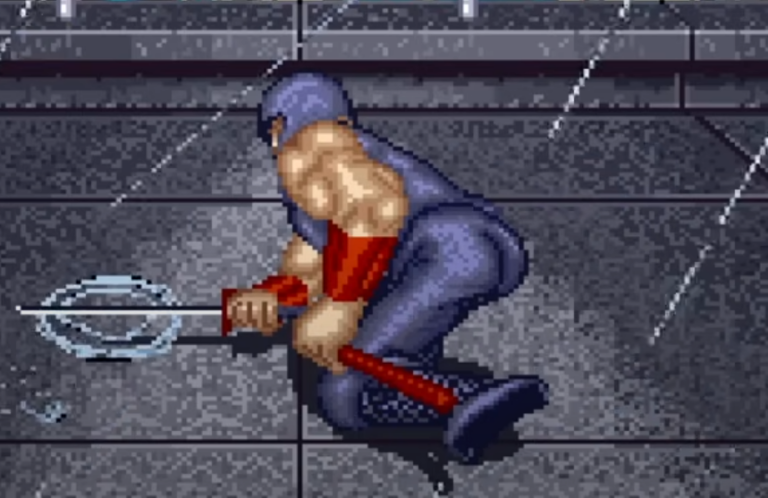Welcome back to the Ninja Gaiden Love/Hate series on IC2S! In this entry, we’ll be looking at...
Barloq
Writer, blogger, father. Blogging since 2012, writing my whole life. Was blessed by the chupacabra and the guardian shepherd.
Welcome back to the Ninja Gaiden Love/Hate series! In this entry, we’ll be looking at Ninja Gaiden...
Welcome back to the Ninja Gaiden Love/Hate series! In this entry, we’ll be looking at Ninja Gaiden...
Welcome back to the Ninja Gaiden Love/Hate series on IC2S! In this entry, we’ll be looking at...
Welcome back to the Ninja Gaiden Love/Hate series on IC2S! It’s finally time for the entry you’ve...
Man, when I started this blog thirteen years ago, I never would have expected that I’d manage...
Welcome back to the Ninja Gaiden Love/Hate series! In this entry, we’ll be looking at Ninja Gaiden...
Welcome back to the Ninja Gaiden Love/Hate series! In this entry, we’ll be looking at Ninja Gaiden...
Welcome back to the Ninja Gaiden Love/Hate series! In this entry, we’ll be looking at Ninja Gaiden...
Welcome back to the Ninja Gaiden Love/Hate series! In this entry, we’ll be looking at the final...
Welcome back to the Ninja Gaiden Love/Hate series! In this entry, we’ll be looking at Ninja Gaiden...
Welcome back to the Ninja Gaiden Love/Hate series! In this entry, we’ll be going back to the...
It’s time for the long-awaited Ninja Gaiden Love/Hate series here on IC2S! This series has been a...
The Switch 2 was recently shown off… and all the news we’ve been getting about it is...













